Unless you’re trying to stay home from school, catching a cold stinks. But how do you catch one? Let’s refer to the children’s book, How to Catch a Cold by Adam Newman to find out: You don’t catch a cold with a net, tape, or a flypaper cape. A baseball mitt won’t work either, and you won’t catch it hiding in a tree. It all comes down to germs.
The common cold is a viral infection of the upper respiratory system. That’s your nose and throat. Symptoms vary, but not by much. Runny nose, sneezing, coughing, sore throat, congestion, fatigue are all soldiers of the common cold. And via some of these symptoms is how you, and others, catch a cold: germs.
Each time a cold sufferer sneezes or coughs in the air, germs spread. Each time he touches his nose, rubs his eyes or covers his mouth with his hand to cough or sneeze, sick germs transfer to the hand. If the hand touches an object, those germs transfer to the object and sit and wait. . . for you! That’s why #1 on this list is the most important way to prevent yourself from catching a cold.
1. Wash Your Hands
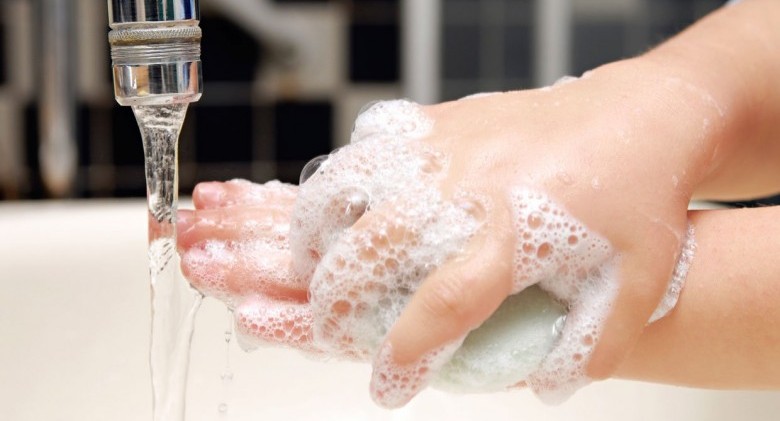
Get in the habit of washing your hands frequently, especially during cold and flu season. This one step could save you a week in bed. (Unless that’s what you want.) The common cold is a virus and is contagious. If somebody with a cold sneezes into their hand and then touches money, a doorknob, an elevator button, a faucet, a phone, etc., and then you touch it (even hours later), the germs are on your hand. One touch to your mucus membranes (eyes, mouth, nose) and you’ve won a trip on the Cold Train. Which leads to #2. . .
2. Use Your Sleeve
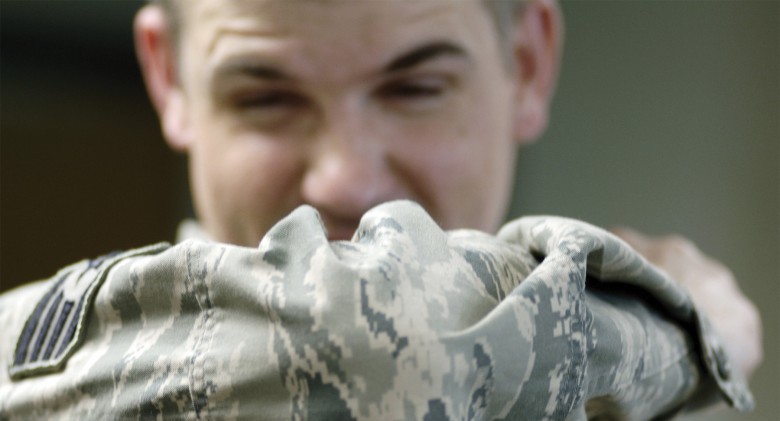
Thanks for sneezing into your hand. Now what are you going to do with all the germs? Hmm. Didn’t think about that, did you? If you don’t have a tissue into which to blast your sneeze or cough, use your sleeve. Catching a cough or stopping a sneeze with your hand is commendable, but it leaves you with a handful of germs. If you don’t wash right away, you’ll share them with others when you touch things. No thanks! Better to sneeze into your sleeve, the inside of your elbow works best. The germs cannot live long on garments. This way, you protect others. If you encourage others to use their sleeve, you’ll protect yourself. Nice defense.
3. Blow
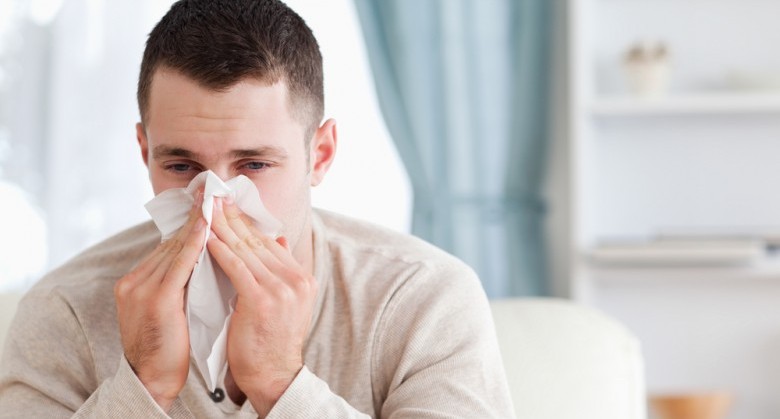
Don’t suck, blow! When you have a cold, mucus wants to slide from your nose down your throat—don’t let it! Blow it out your nose. Mucus helps keep your body healthy, and on normal days (read: when you’re not sick), you probably don’t even know it’s there, even though your glands make up to two quarts of it daily. (Yuck!) But when sickness creeps in, the snot all but drives you batty. True, it’s fighting off viruses and infections, but blow it out anyway. . .and don’t worry — more will follow. (Be sure to wash your hands between blows to remove any residue.)
4. Gargle
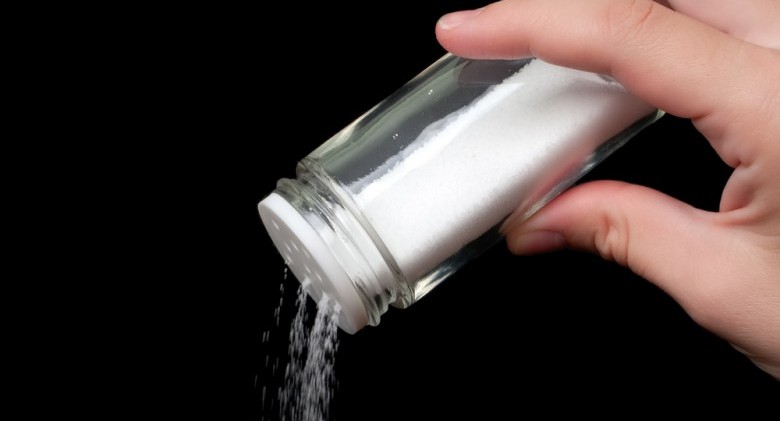
Sip. Gargle. Spit. Repeat. Why?? With a cold often comes a sore or scratchy throat. When this happens, the tissues of the throat get swollen or inflamed from the fluids in them. This hurts. Gargling with salt water can offer relief. The salt in the water draws out the water in the inflamed skin in the throat to create balance. This decreases the inflammation, providing temporary relief. If you don’t like to gargle or your child under six has a sore throat, try ice chips. Sucking on these numbs the sore tissue and reduces the swelling or inflammation.
5. Lay Down
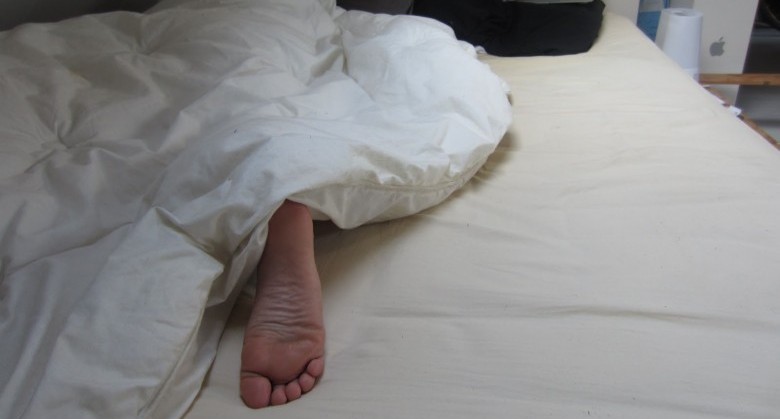
Sleep—annoying to kids and workaholics, elusive to parents of young children, and cherished by teenagers and cold-sufferers worldwide. Why do we get worn out when we have a cold? It’s because our body needs to work hard to fight the pesky infection (or in the case of teenagers, they work hard to fight their parents). When we rest, we help our body focus its energy on fighting the sickness. Let your body go to battle. You go to bed.
6. Drink Hot Liquids

If you are experiencing nose congestion, hot liquids can help you feel better. The “tuffy feewing” is the result of tissues in the nose as well as the blood vessels swelling with fluid. Research proves that hot drinks (for adults) do, in fact, provide “immediate and sustained relief from symptoms of runny nose, cough, sneezing, sore throat, chilliness and tiredness.” In the same study, room temperature drinks relieved only runny nose, coughing and sneezing. Now with research result in mind, you can plan which beverage will help you beat your symptoms.
7. Take a Steamy Shower

Your nose is stuffed. Your throat hurts. You’re coughing. Waaaaaaaa! All classic symptoms of a cold. Stepping into a steamy shower will add helpful and relieving moisture to your nasal passages. (Plus it’ll get you clean, and that’s worth a lot when you’re feeling all icky.) If you lack the energy or if you’re dizzy and cannot stand in a shower, a humidifier works well, too. The plus is you get to lie in bed while breathing in the helpful steam.
8. Eat Chicken Soup
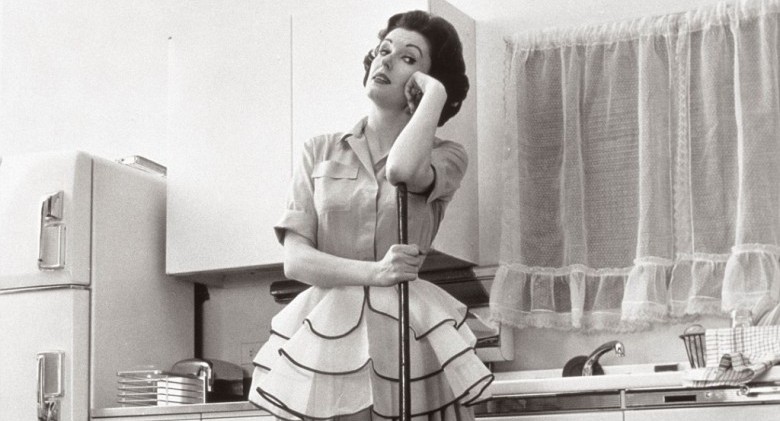
Mom was right. It works! There’s a compound in chicken soup called canosine, and research proved that it helps the body’s immune system fight the early stages of the flu. Other research showed that soup d’chicken helped reduce upper respiratory symptoms of a cold. Finally, other research proved that chicken soup helped its consumers breathe easier through their noses. And if that’s not enough information to convince you, chicken soup just feels good going down when you’re all stuffed up, clogged up and fed up with a cold.
9. Apply Heat or Cold?
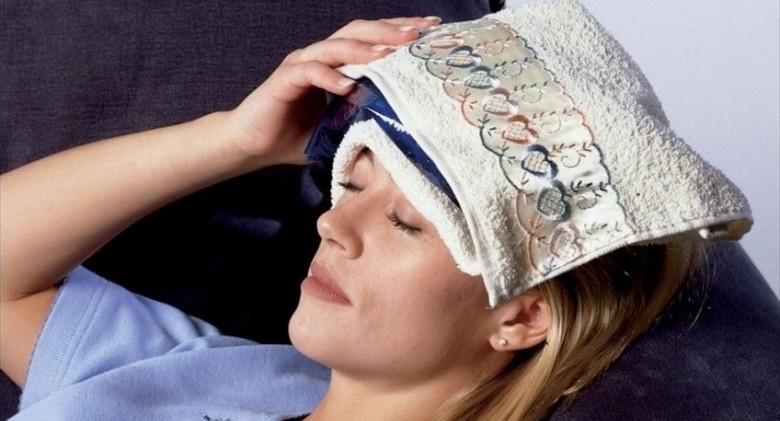
Sinuses aching? Go for both, hot and cold. A warm, wet wascloth strategically placed across your forehead, eyes and cheeks could ease swelling and throbbing. Keep it there for three minutes, and then switch to cold for 30 seconds. Switch three times. This should be done two to six times per day. You want to relieve the pressure caused by air, pus and mucus being trapped within the sinuses causing the membranes to swell. . .and hurt. The heat relieves the pressure and loosens the mucus. The cold just feels good. Or you can try. . . (see next one)
10. Use Saline Spray
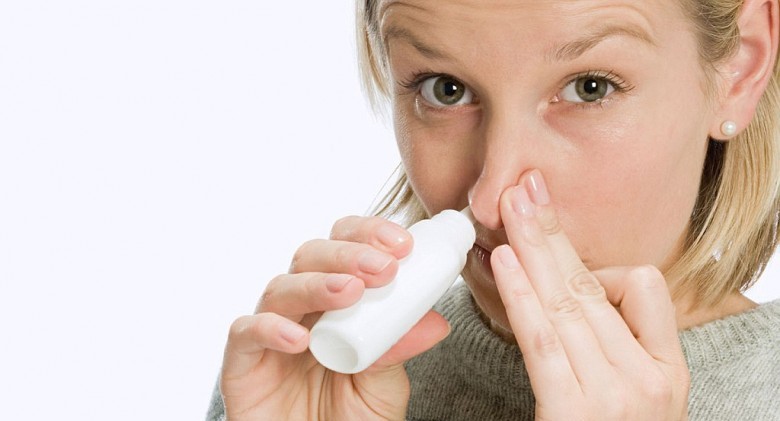
A saline spray or mist will break up the mucus that’s causing the discomfort way up in your nasal cavity, beyond the “reach” of the most powerful (clogged) nose-blow. Because a saline spray contains no medication, you can spray til your heart’s content. . .or until your nose is clear. If you use a prescription decongestant nasal spray, there’s a limit. Follow the script. If you make your own saline solution, boil the water (or use distilled or sterile water) to prevent a possible infection.
11. Elevate Your Head When You Sleep

Colds often include a post nasal drip. While you are vertical, gravity helps the mucus on its journey, leaving you to clear your throat frequently. However, when you lie flat, it pulls on the back of your throat making it more difficult to breathe through your nose. If you switch to breathing through your mouth, you’ll wind up with a sore, scratchy throat or a cough that could keep you from sleeping. Put an extra pillow under your head or under the mattress between the box spring and the mattress. Elevating your head will help your nasal passages drain which will let you sleep better.
12. Take Zinc
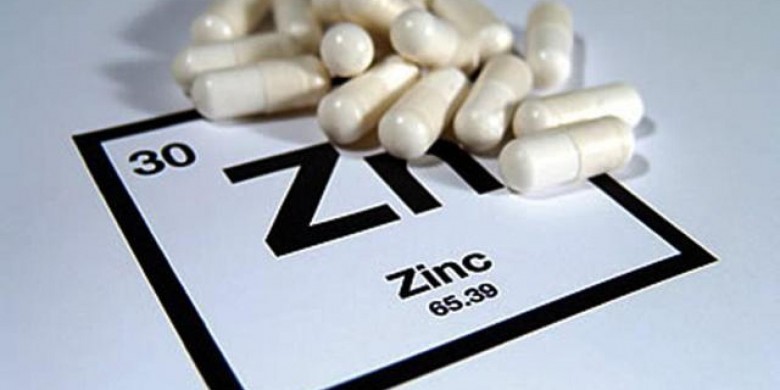
Zinc, a silvery-white metal and number 30 on the Periodic Table of Elements (Remember that table from high school chemistry?) can shorten the life of a cold. If you take zinc the first few days of a cold, either as a syrup or as a lozenge, it can help you get better faster. Research showed that sufferers who took zinc every couple hours after contracting the bug were over it within a week, unlike people who were given a placebo and thought it was medicine. Best to keep some zinc on-hand so you can start your regimen at the first achoo.
13. Hold Off On The Next Cigarette

Smoking may help your nerves, but it won’t help your lungs, especially during a bout with the common cold. Already stressed and irritated from the virus, the lungs are working hard to do their job and to help your body fight the cold. Adding smoke makes their job harder. Smoke also dries out the passages in your nose and stops the cilia from working. Cilia are the tiny hairs that occupy your nostrils and serve as filters. One cig can knock them out for more than half an hour and leave you vulnerable to more airborne viruses. Keep the sticks in the box for as long as you can.
14. Keep Your Feet On The Ground
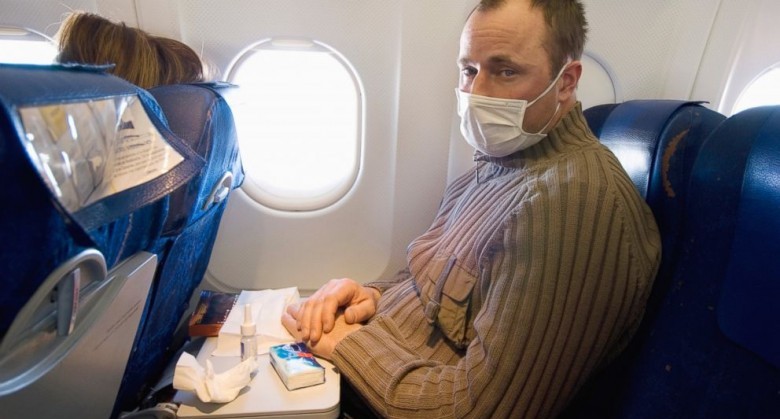
This one is for you if you own an airplane, own a helicopter or like to drop hundreds of dollars to take leisure flights on commercial aircraft. If you have a cold, better not to fly if you can avoid it. The change in air pressure due to bringing your body to a higher altitude will add stress to your already stressed-out respiratory system. Not only that, do you really want to be cooped up in a tight space with your snot and lots of strangers? If you can stay grounded, stay grounded. Better yet, stay in bed!
[Featured image credit: www.allergytreatmentny.com]
